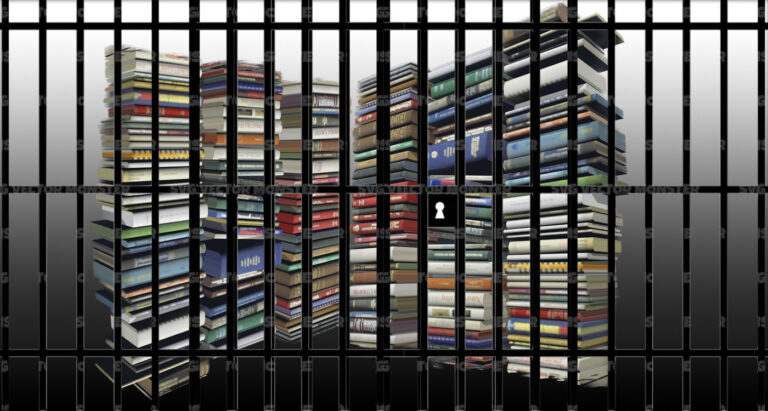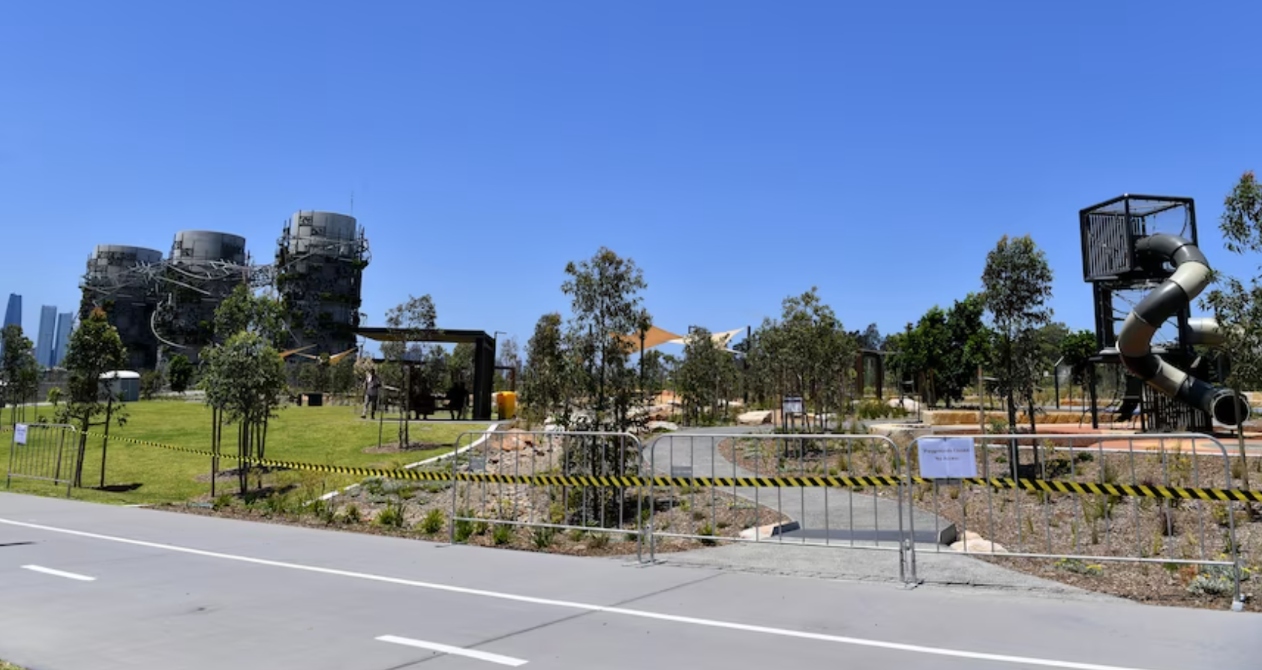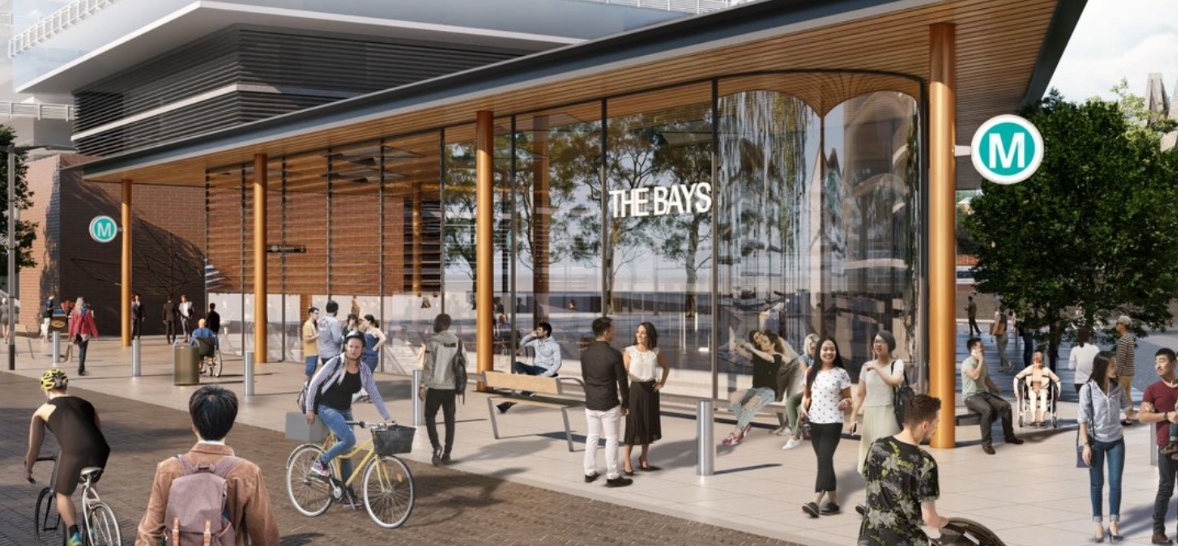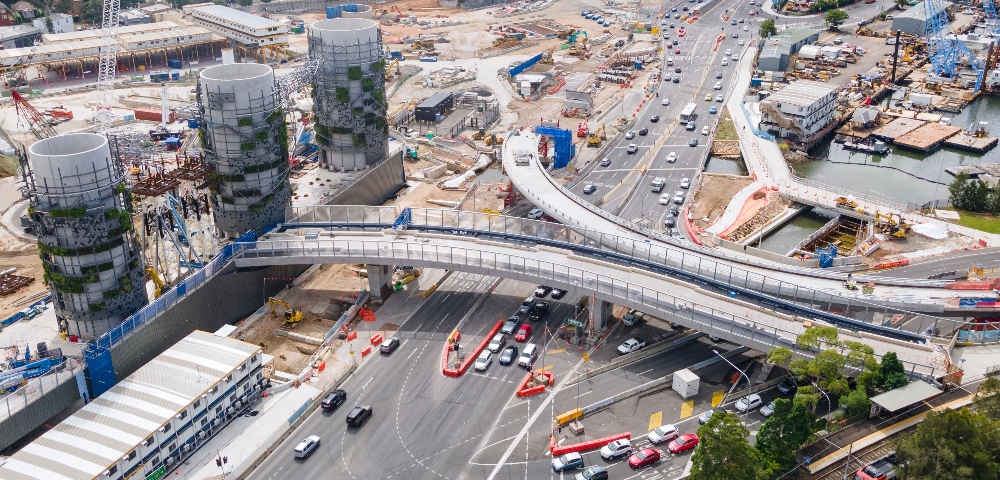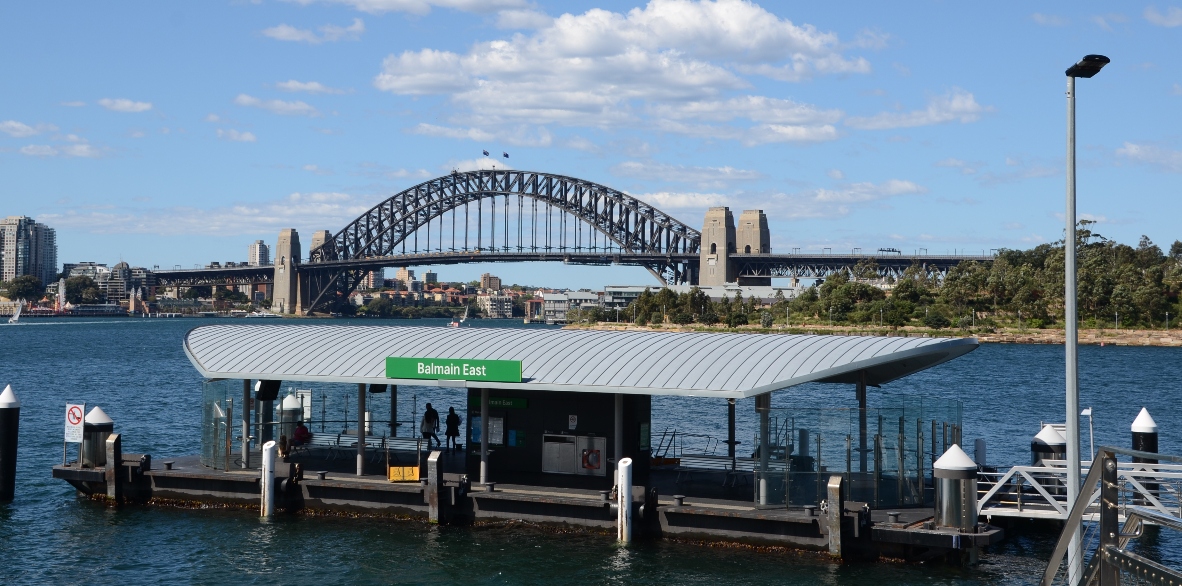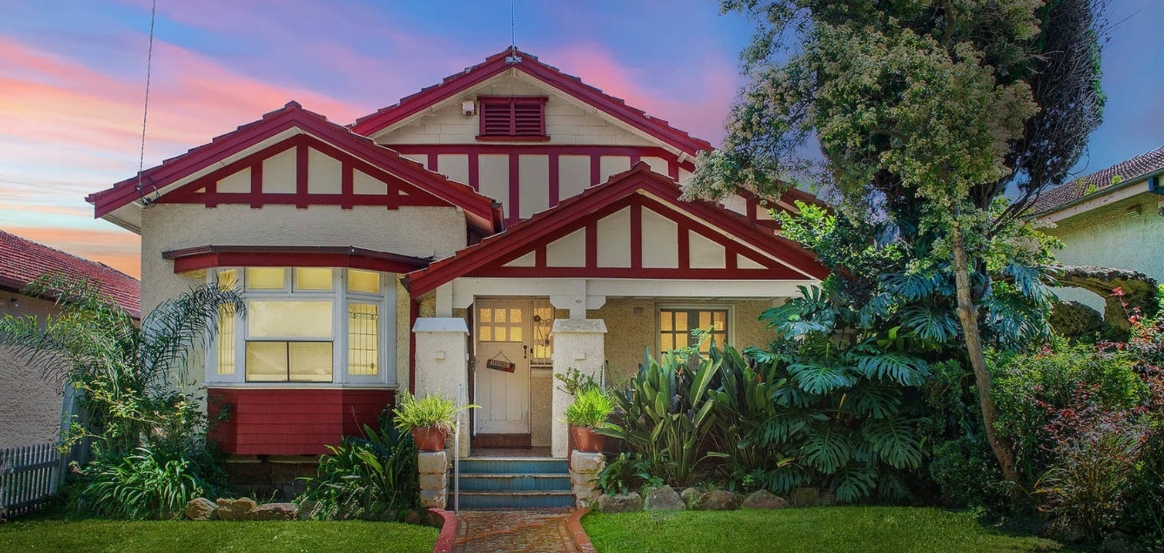
Metro numbers don’t add up
The CBD Metro will be operating at just one-sixth capacity during peak times six years after its scheduled opening, according to figures contained in the project’s own Environmental Assessment.
The document, released this month, puts an estimate of peak AM passenger boarding numbers in 2021 at between 4,300 and 5,000 people per hour, or less than 17 per cent of the metro’s projected capacity of 30,000 people per hour.
A spokesperson for Sydney Metro said the year 2021 was used as there was expected to be little difference in passenger numbers between that date and the Metro’s scheduled opening in 2015. Metro’s own figures released earlier in the year estimated the line would initially run up to 87 per cent empty at peak times.
According to the report, even the assumption of one-sixth capacity being filled is predicated on “significant interchange” between metro and bus services along Victoria Road and Darling Street – passengers switching modes of transportation midway through a journey. Sydney Metro estimates 61 per cent of the peak load capacity is expected to come from passengers alighting from buses.
The Director-General’s Environmental Assessment Report for the Victoria Road upgrade, released in April, revealed that the corridor carries an average of 35,000 passengers on 1,500 buses daily. The emphasis placed on interchange figures apparently contradicts one of the primary objectives of the Victoria Road upgrade – reducing bus travel times to and from the CBD.
The assumptions on interchange numbers also come despite a Metro spokeperson admitting Sydney commuters had not previously demonstrated strong tendencies to engage in such intra-journey switches.
EcoTransit spokesperson Leah Mason said the assumptions used for the Metro project went against previous government methodology.
“Every time the idea of light rail has been brought up, they’ve said, ‘Oh, people aren’t going to want to get off one mode [of public transport] and onto another, why would we even consider that?’ But what they’ve done is that they’ve gone considerably further than dealing with an interchange – they’re actually forcing people off CityRail trains to boost their passenger numbers in the short-term, at a huge extra cost to the project,” she said.
State Labor MP for Balmain, Verity Firth, denied any plans to increase development density in Rozelle. “[There are] none at all – I can say that categorically,” she said. “What I can assure people is that the [CBD] Metro understands that the density in Rozelle at the moment is already there – there is no further need for any increased density in Rozelle, none at all.
“None of the community, nor me as their local member, are interested in seeing any increases in density along the back corridor or around Rozelle. We don’t need to – we have the density for a high transit public transport system already.”
But Ms Mason said the assumptions for the Metro’s patronage numbers did not stack up to scrutiny.
“[CBD Metro is working to] a pedestrian catchment of a kilometre. Now, pedestrian catchments are generally not a kilometre – they are 400 metres,” she said. “So, they’re starting to fudge things already by implying that people are prepared to walk for a kilometre to get to public transport. This is not accepted by public transport planners by any means.”
Greens Leichhardt councillor Rochelle Porteous said that based on publicly available information, the Metro still left far too many unanswered questions.
“This doesn’t add up,” she said. “We’ve got two proposals for transport which directly contradict each other. We’ve got the Victoria Road-doubling of the Iron Cove Bridge, which is about increasing the speed of the buses travelling through the CBD, and at the same time we’ve got the Metro, which theoretically is about increasing the speed of people from Rozelle getting through to the CBD. They’re not talking to each other, they don’t know how they’re going to integrate the two plans.
“What are the real plans that they’ve got for Rozelle, and why are these two plans being presented…when there’s no justification for the current housing densities to have these two massive transport projects being presented at this time, in this way?”
The Environmental Assessment is on exhibition until October 12.



